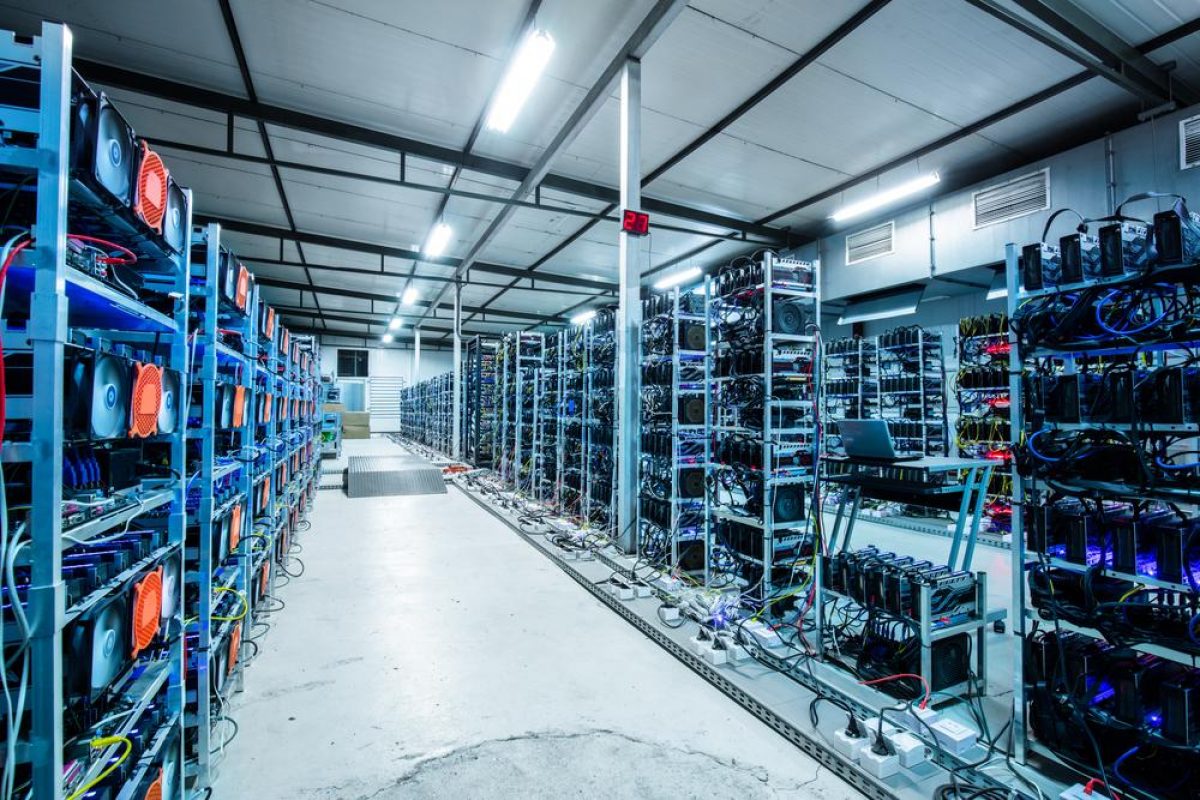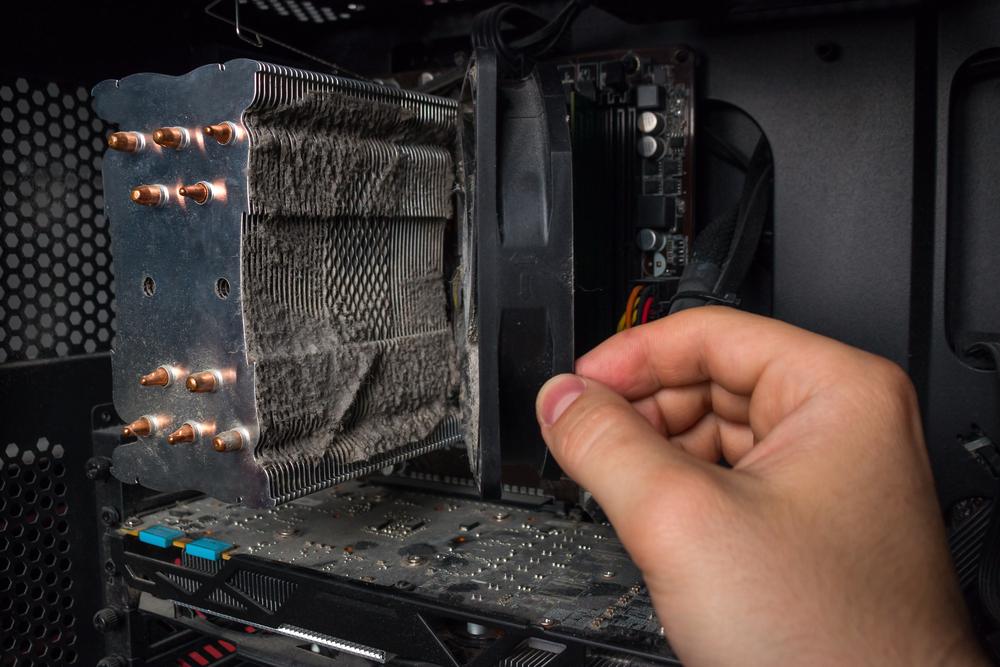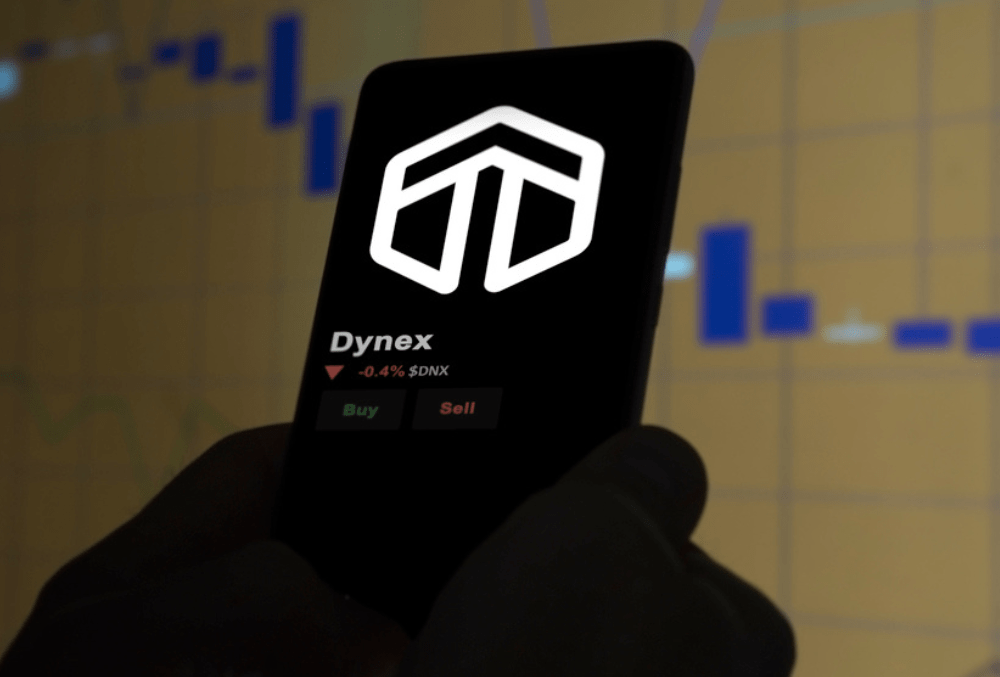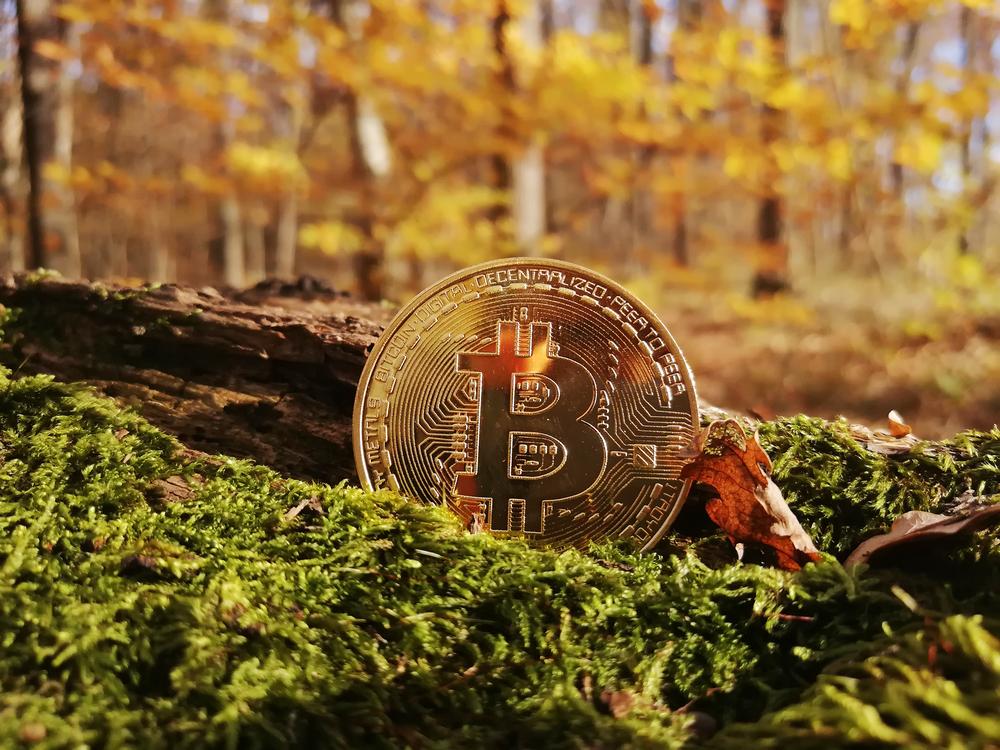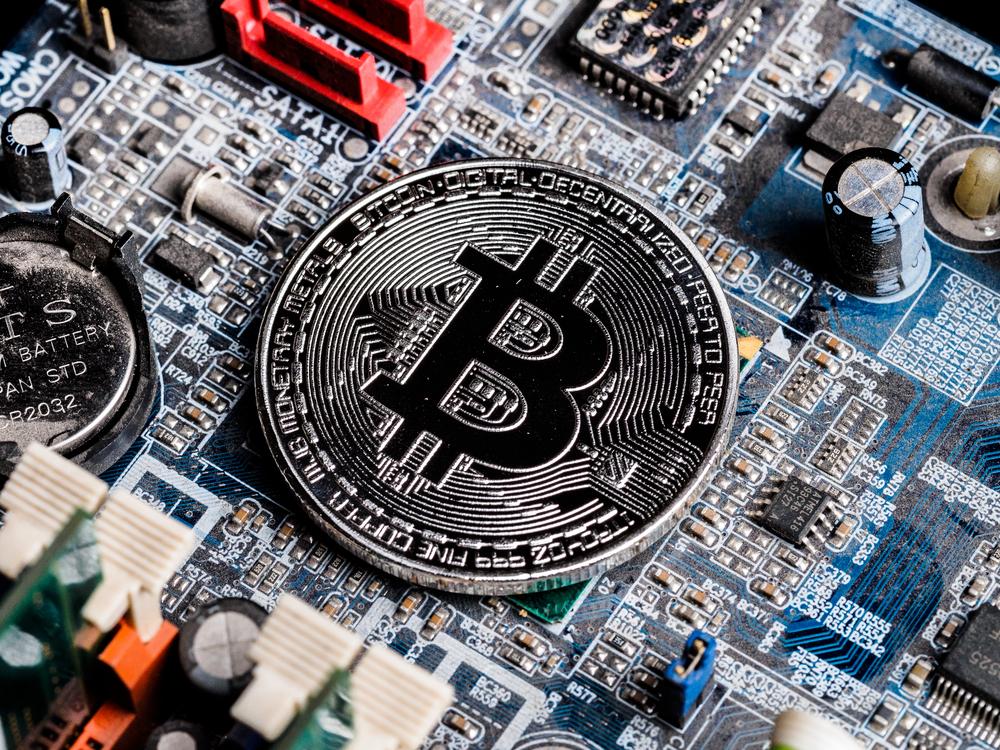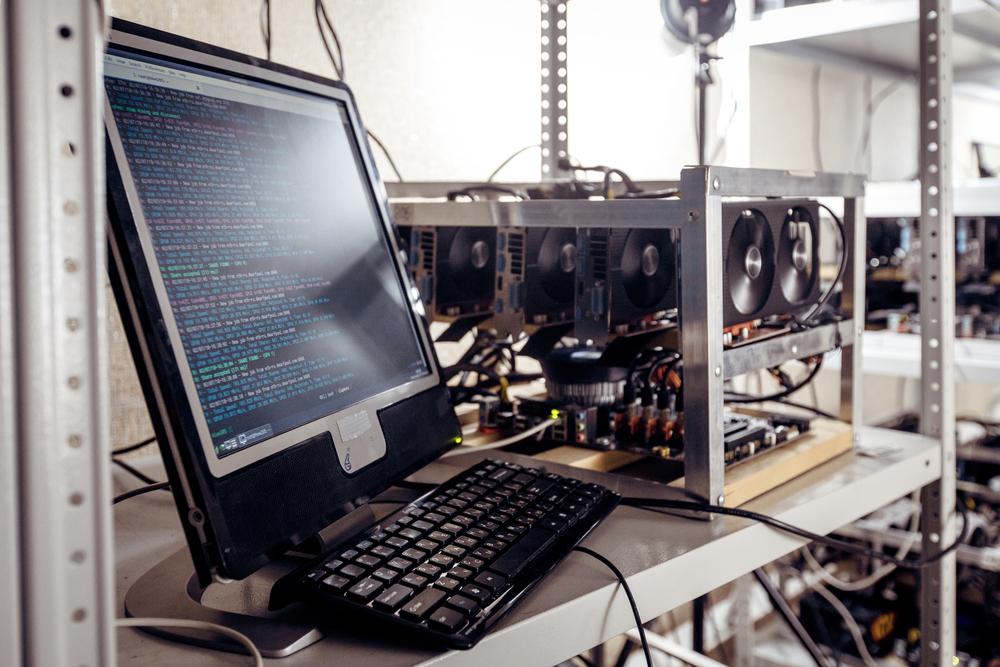Welcome to ResidentialMiner.com, your ultimate guide to understanding and harnessing the power of mining farms to mine cryptocurrency from the comfort of your own home. In this article, we will explore the concept of mining farms, their significance in the world of cryptocurrencies, and how you can set up your own mining farm to join the crypto mining revolution.
What is a Mining Farm?
A mining farm is a specialized facility that houses a large number of mining rigs, which are powerful computer systems designed to solve complex mathematical problems required for cryptocurrency mining. These farms are equipped with high-performance hardware, cooling systems, and efficient power supply infrastructure to maximize mining productivity.
Mining farms serve as the backbone of cryptocurrency networks, as they contribute significant computational power to validate transactions and secure the blockchain. They are especially crucial for proof-of-work (PoW) cryptocurrencies, such as Bitcoin and Ethereum, where miners compete to solve cryptographic puzzles and earn rewards in the form of newly minted coins.
The Significance of Mining Farms
Mining farms play a vital role in the world of cryptocurrencies by ensuring the security, decentralization, and stability of blockchain networks. Here are a few key reasons why mining farms are significant:
1. Securing the Blockchain
Mining farms contribute computational power to validate transactions and secure the blockchain against malicious attacks. The decentralized nature of mining farms ensures that no single entity can gain control over the network, making cryptocurrencies resistant to censorship and manipulation.
2. Generating New Coins
By successfully solving complex mathematical problems, mining farms are rewarded with newly minted coins. This incentivizes miners to continue contributing their computing power to the network, ensuring the continuous creation of new coins and the functionality of the cryptocurrency ecosystem.
3. Transaction Validation
Mining farms validate transactions by including them in blocks, which are added to the blockchain. Through the process of mining, these farms verify the integrity of each transaction and ensure that double-spending or fraudulent activities are prevented, maintaining the overall trust and reliability of the cryptocurrency network.
4. Network Decentralization
The distributed nature of mining farms contributes to the decentralization of blockchain networks. Unlike traditional financial systems that rely on centralized authorities, cryptocurrencies are governed by a network of miners spread across various locations worldwide. This decentralization enhances the resilience and security of the cryptocurrency ecosystem.
What are the Benefits of Creating a Mining Farm?
Creating a mining farm has several advantages for cryptocurrency miners, such as:
- Higher profitability: By creating a mining farm, you can increase your hash rate, which is the measure of your mining performance. The higher your hash rate, the more likely you are to find blocks and earn rewards. You can also reduce your variance, which is the fluctuation of your mining income. By joining a mining pool, you can receive more consistent payouts instead of relying on luck.
- Lower costs: By creating a mining farm, you can reduce your expenses and increase your profit margin. You can share the computing power and electricity costs with other miners. You can also avoid investing in expensive mining hardware and software that may become obsolete or unprofitable over time. You can also benefit from economies of scale, which means that you can get better deals on bulk purchases of equipment and supplies.
- Easier setup: By creating a mining farm, you can simplify your mining process and avoid some technical hassles. You don’t need to worry about setting up your own node, syncing with the blockchain, or maintaining your hardware. You can also use the pool’s recommended software or choose your own from various options available online. You can also use the pool’s dashboard or website to monitor your mining performance and earnings.
What are the Challenges of Creating a Mining Farm?
Creating a mining farm also has some challenges and risks that you need to consider, such as:
- High initial investment: Creating a mining farm requires a lot of capital upfront to buy or rent the space, equipment, and supplies. You also need to pay for the installation, maintenance, security, and insurance of your mining farm. Depending on the size and location of your mining farm, you may need to spend thousands or even millions of dollars to start your operation.
- High power consumption: Creating a mining farm requires a lot of electricity to run your equipment and cool your space. Electricity is one of the major costs of mining cryptocurrency, and it can vary depending on where you live and what time of the day you mine. You also need to have a reliable and stable power source that can handle your power demand without interruptions or surges.
- High heat generation: Creating a mining farm generates a lot of heat from your equipment that can damage your hardware and affect your health. You need to have an effective cooling system that can remove heat from your space and prevent overheating and fire hazards. You also need to have proper ventilation and air conditioning that can keep your space comfortable and safe.
- High noise level: Creating a mining farm produces a lot of noise from your equipment and fans that can be annoying and disturbing. You need to have adequate sound insulation that can reduce noise pollution and protect your hearing. You also need to consider the impact of noise on your neighbors and local regulations that may limit noise levels.
- High competition: Creating a mining farm faces high competition from other miners and pools that may have more resources and experience than you. As more miners join the network, the difficulty of finding blocks increases, making it harder and more expensive to mine cryptocurrency. You also need to keep up with the latest trends and innovations in the mining industry that may affect your profitability.
How to Create a Mining Farm?
To create a mining farm, you need to follow these steps:
- Choose a cryptocurrency: You need to decide which cryptocurrency you want to mine, based on its profitability, difficulty, popularity, and future potential. You can use online calculators or websites to compare different cryptocurrencies and their mining potential. You also need to consider the algorithm and the hardware that are compatible with your chosen cryptocurrency.
- Choose a mining pool: You need to find and join a mining pool that supports your chosen cryptocurrency and algorithm. You can use online directories or forums to find reputable and reliable mining pools. You also need to consider the size, fees, payout scheme, reputation, and support of the pool.
- Choose a location: You need to find and secure a location for your mining farm that can accommodate your equipment, power supply, cooling system, and other accessories. You also need to consider the cost, availability, safety, and legality of the location. You may need to obtain permits, licenses, or approvals from the authorities before you start your operation.
- Choose a hardware: You need to buy or rent the hardware that you need for your mining farm, such as GPUs, ASICs, CPUs, motherboards, RAMs, storages, power supplies, cooling fans, risers, cables, adapters, cases, monitors, keyboards, mice, etc. You also need to consider the performance, efficiency, durability, compatibility, availability, warranty, and price of your hardware.
- Choose a software: You need to download and install the software that you need for your mining farm, such as mining software, mining operating system, mining firmware, mining drivers, mining bios, etc. You also need to consider the compatibility, usability, reliability, security, and update of your software.
- Set up and configure your mining farm: You need to assemble and connect your hardware components according to the instructions and specifications of the manufacturers and the pool. You also need to configure your software settings according to your preferences and goals. You may need to test and troubleshoot your equipment and software before you start mining.
- Start and monitor your mining farm: You need to run your mining software and start solving puzzles and submitting shares to the pool. You also need to monitor your mining performance and earnings using the pool’s dashboard or website. You also need to keep your equipment and software updated and secure.
Setting Up Your Own Mining Farm
Now that we have a solid understanding of mining farms and their significance, let’s explore the steps involved in setting up your own mining farm to mine crypto at home.
1. Research and Planning
Before diving into mining, it’s crucial to conduct thorough research and develop a comprehensive plan. Familiarize yourself with the different cryptocurrencies, mining algorithms, and hardware requirements. Calculate the potential profitability based on factors such as electricity costs, mining difficulty, and market trends.
2. Choose the Right Hardware
Selecting the appropriate mining hardware is essential for the success of your mining farm. Consider factors such as hash rate, energy efficiency, and cost when choosing mining rigs or specialized ASIC (Application-Specific Integrated Circuit) miners. Look for reputable manufacturers and consider the scalability of your setup for future expansion.
3. Create a Mining Rig Configuration
To maximize the efficiency of your mining farm, it’s important to optimize the configuration of your mining rigs. This includes setting up the appropriate software, selecting the right mining pool, and configuring the mining software to mine the desired cryptocurrency. Take advantage of online resources, forums, and communities to gain insights and guidance on optimal configurations.
4. Establish a Cooling System
Mining rigs generate significant heat, which can impact their performance and lifespan. It is crucial to implement an efficient cooling system to maintain optimal operating temperatures. Consider options such as air cooling, liquid cooling, or immersion cooling, depending on the scale and requirements of your mining farm.
5. Ensure Reliable Power Supply
Mining farms consume substantial amounts of electricity, so it’s important to ensure a reliable and efficient power supply. Calculate your power requirements and consider options such as dedicated circuits, surge protection, and backup power solutions. Explore renewable energy sources as a sustainable and cost-effective alternative.
6. Monitor and Maintain Your Mining Farm
Continuous monitoring and maintenance are crucial for the smooth operation of your mining farm. Regularly check hardware performance, temperature levels, and power consumption. Keep your mining software up to date and stay informed about industry developments and best practices.
FAQs about Mining Farms
Mining profitability varies based on factors such as electricity costs, mining difficulty, and market prices. Conduct thorough research and use online mining profitability calculators to estimate potential earnings.
Mining Bitcoin at home has become challenging due to the high mining difficulty and the need for specialized hardware. It is more feasible to mine altcoins or join mining pools to increase the chances of earning rewards.
While technical expertise can be helpful, there are resources available online that provide step-by-step guidance for beginners. With patience and dedication, anyone can learn how to set up and operate a mining farm.
The main risks include volatility in cryptocurrency prices, potential hardware failures, and the possibility of reduced mining rewards due to increasing competition. It's important to factor in these risks and develop a risk management strategy.
The energy consumption of mining farms has raised concerns about their environmental impact. However, the industry is actively exploring sustainable solutions, such as utilizing renewable energy sources and improving energy efficiency.
Yes, starting with a small-scale mining farm and gradually expanding is a common approach. It allows you to gain experience, test different strategies, and evaluate the profitability before committing to significant investments.
Conclusion
In conclusion, mining farms are the backbone of the cryptocurrency ecosystem, contributing to the security, decentralization, and functionality of blockchain networks. By setting up your own mining farm, you can actively participate in the mining process and potentially earn rewards in the form of cryptocurrencies. Remember to conduct thorough research, choose the right hardware, optimize your configurations, and ensure reliable cooling and power supply. Stay informed, adapt to market conditions, and continuously monitor and maintain your mining farm for optimal performance. Join the crypto mining revolution today and unlock the potential of mining at home.

